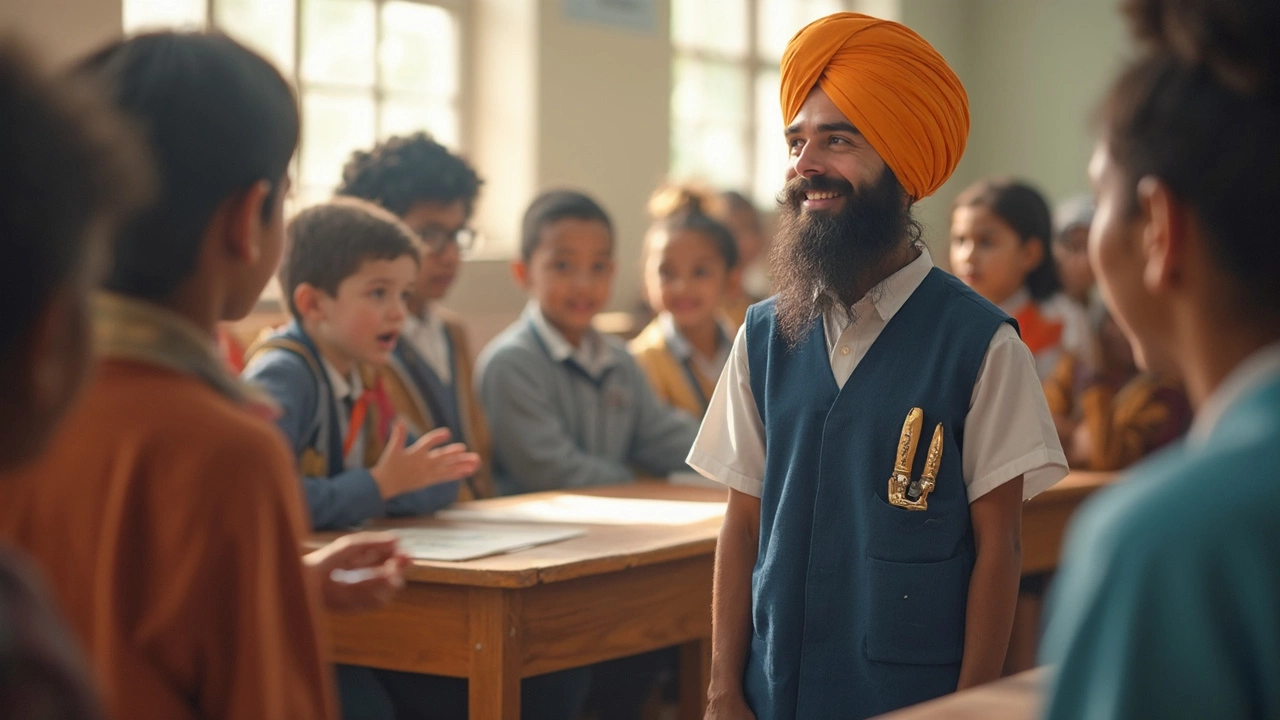Schools – Simple Tips for Students, Parents, and Teachers
Choosing a school feels huge, but you don’t have to overthink it. Focus on what matters most: safety, learning style, and extra‑activities that fit your child’s interests. A clear plan saves time and stress.
Choosing the Right School
First, list what’s non‑negotiable. Is a strong math program key? Do you need a school close to home? Look at the curriculum, teacher‑to‑student ratio, and how the school handles support for different learning speeds. Talk to other parents, visit a few classrooms, and ask the principal about discipline policies.
Don’t forget the after‑school scene. Clubs, sports, and art classes keep kids engaged and help them discover new talents. If a school offers a range of activities, it’s a good sign they value the whole child, not just academics.
Boosting Student Success
Once you’re in, the real work begins. A steady routine makes a world of difference. Set a regular homework time, keep the study space tidy, and limit distractions like phones or TV during that slot.
Encourage active learning. Ask your child to summarize what they read in their own words, or to teach the concept to a sibling. This reinforces understanding and builds confidence.
Regular check‑ins are key. Ask open‑ended questions such as, “What was the most interesting part of today?” rather than just “Did you have a good day?” This opens up conversation about challenges they might be facing.
Don’t forget health. Proper sleep, balanced meals, and short breaks during study sessions keep the brain sharp. A quick walk or stretch can reset focus and improve retention.
For teachers, clear communication with parents helps catch issues early. Simple weekly updates about class topics and any upcoming tests keep everyone on the same page.
Technology can help, but use it wisely. Educational apps and online resources are great for practice, but set boundaries to avoid screen fatigue.
Finally, celebrate wins, big or small. A sticker for finishing a tough assignment or a family outing after good grades reinforces positive effort.
Schools are a big part of life, but with a practical plan, you can make the experience smoother for everyone involved. Keep the focus on safety, learning, and fun, and watch growth happen naturally.
Kirpan in Schools and Workplaces: Navigating Challenges
Exploring the presence of the Kirpan in schools and workplaces unveils cultural challenges and potential solutions. The Kirpan, a ceremonial dagger worn by Sikhs, presents unique considerations in settings where safety and policy intersect with religious freedom. Understanding its significance and navigating guidelines can help create inclusive environments while respecting safety protocols. This discussion provides practical insights and tips for fostering awareness and accommodating diversity.
Kirpan in Schools and Workplaces: Navigating Challenges with Practical Solutions
The Kirpan, a ceremonial dagger carried by Sikhs, presents unique challenges in schools and workplaces. This article explores the cultural significance of the Kirpan and the difficulties it can cause in various settings. It also offers practical solutions to balance cultural respect with safety and security concerns. Emphasizing dialogue and understanding, the article provides insight into creating inclusive environments.
Kirpan in Schools and Workplaces: Navigating Challenges and Finding Solutions
The inclusion of the Kirpan, a ceremonial dagger worn by Sikh individuals, in schools and workplaces raises questions about religious freedom and safety. This article explores the balance between respecting religious practices and ensuring safety, offering practical solutions for both educational institutions and work environments. By understanding the cultural significance of the Kirpan, we can develop thoughtful policies. Learn about real-world challenges and possible accommodations that respect both tradition and safety.







